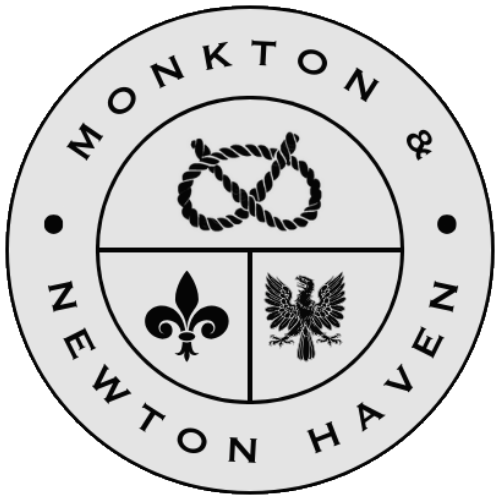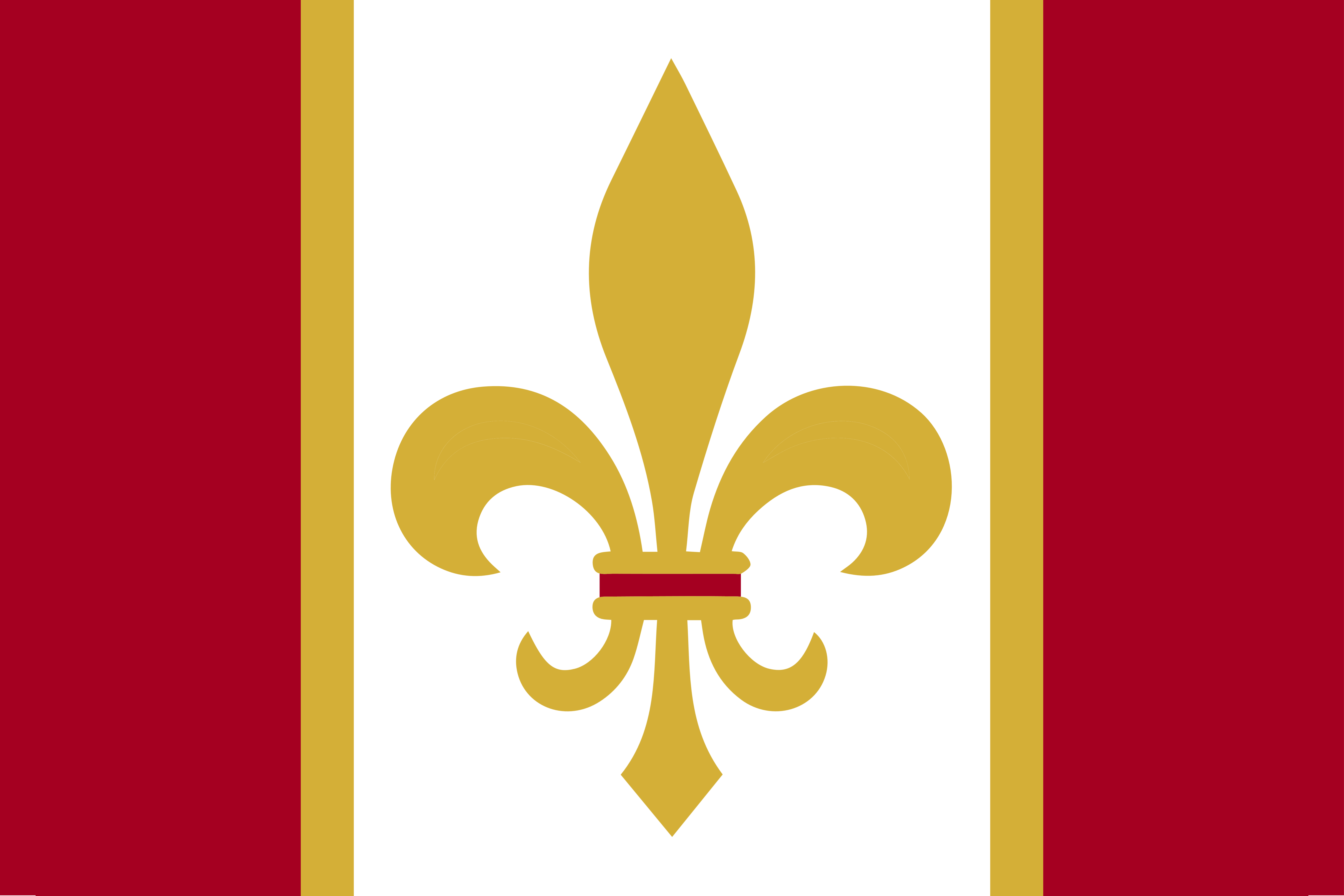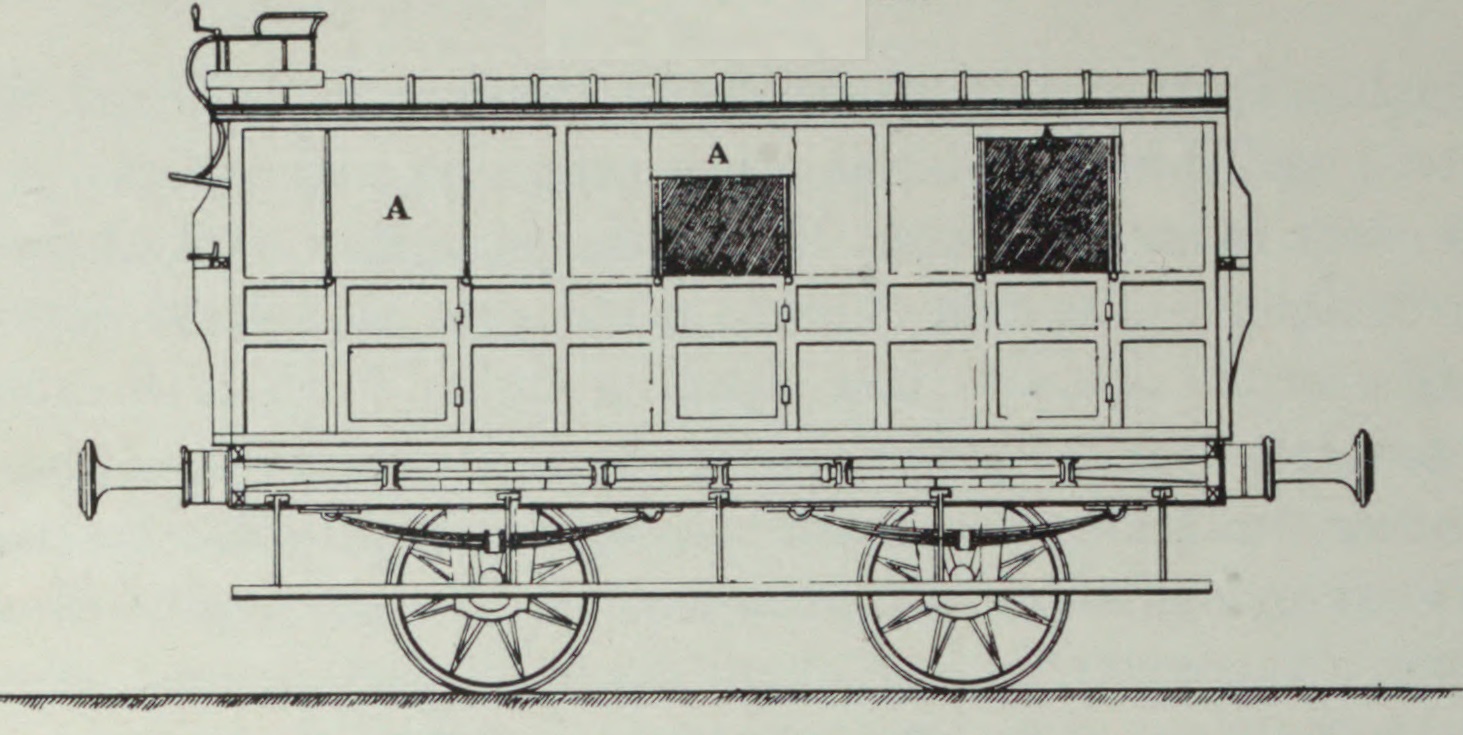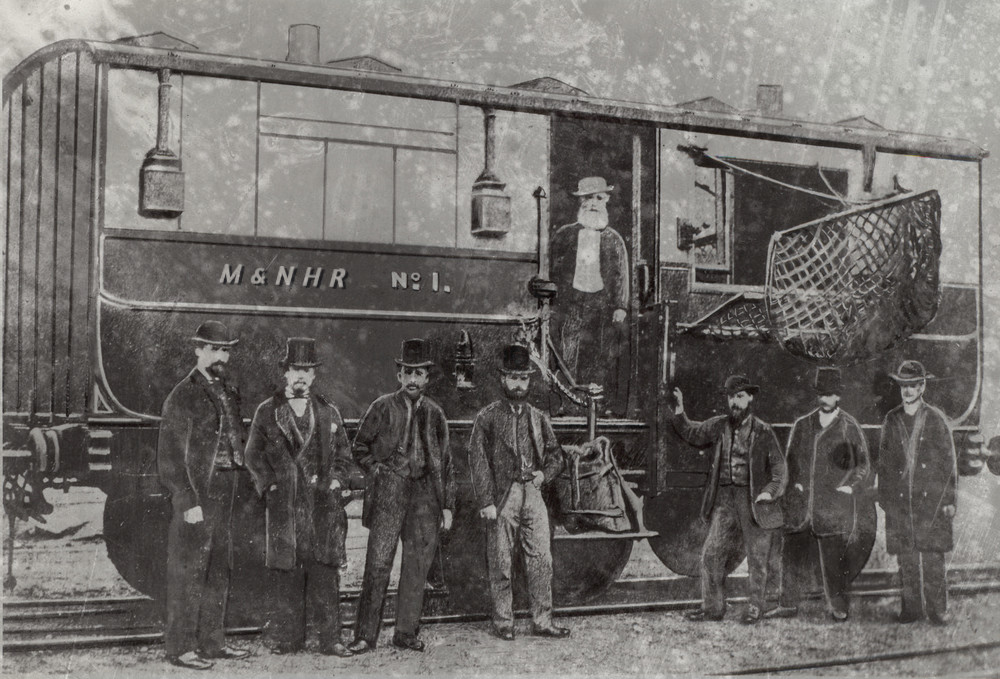Monkton & Newton Haven Railway
Monkton & Newton Haven Railway was one of the first railway companies in Etorea. It was primarily a goods line as there were two limestone quarries and a colliery connecting to the line. It line was engineered by Charles Blacker Vignoles, an irish engineer who also surveyed the Liverpool and Manchester Railway in England. The railway was taken over by the South Western Railway in 1867.
The company began construction in 1841 with the line from Shepfoss to Penshaw with the line being completed as far as Dalcraig two years later. The mainline is still in use today by the ENR with Dalcraig serving as a junction station for the and terminus of the Ayles Valley Railway.
The company began construction in 1841 with the line from Shepfoss to Penshaw with the line being completed as far as Dalcraig two years later. The mainline is still in use today by the ENR with Dalcraig serving as a junction station for the and terminus of the Ayles Valley Railway.
Assets
| Builder / Origin: | Class / Type: | Name: | M&NHR Number: | SWR Number: | Withdrawal: | Details: |
|---|---|---|---|---|---|---|
| Adcock, Bäcker & Robertson | 0-6-0 | "Pandora" | 1 | 3, 69, 069, 102 | 1913 | Rebuilt 1888 to have enclosed cab then used on local goods trains by SWR. Rebuilt 1903 with new tender, brake blocks, boiler and firebox and used on the Ayles Valley Branchline pulling mixed trains. |
| Adcock, Bäcker & Robertson | 2-2-2 | "Eagle" | 2 | 68 | 1872 | Converted to 2-2-2WT in 1861, 1870 converted to 2-4-0ST. Sold in 1872 |
| Adcock, Bäcker & Robertson | 2-2-2 | "Falcon" | 3 | 70 | 1869 | Converted to 2-2-2WT in 1861, 1869 scrapped. |
| Black, Hawthorn | 2-4-0 | "Fury" | 4 | 71 | 1872 | Ex - Redwick & Knightsbury Railway №5 |
| Hinkley & Drury | 2-4-0 | "John Hancock" | 5 | 1,72, 072, | 1901 | №5 was built in 1845 in Boston, Massachusetts. A similar locomotive named "Governor Bradford" worked on the Old Colony Railroad in the USA. She arrived in Etorea in early 1847. She spent the final 20 years of her working life shunting at Newton Haven docks. |
| Monkton Railway Works | 0-4-0ST | "Raven" | 6 | 4, 73, 073 | 1897 | |
| Monkton Railway Works | 2-4-2T | "White Rose" | 7 | 2, 74, 074, | 1894 | Built in 1866, she was the first locomotive of her wheel arrangement to be built in Etorea. She was withdrawn and scrapped following a crash in 1894. |

deinceps iter
12th October 1841 - 16th April 1867
Type
Corporation, Transportation
Successor Organization
Founders
Notable Members
(Side elevation of an 1850s 4 - wheeled 2nd class passenger coach of the M&NHR)
(Last piece of coaching stock to be built for the M&NHR, 1860s postal coach)





Comments